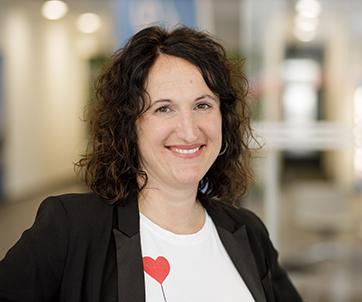Major airport with Quantum chillers - Russia appreciates “Made in Germany“ from ENGIE Refrigeration
“Never change a winning team!” The company operating Domodedovo Airport in Moscow has followed this wise advice. Shortly after equipping terminal 1 with chillers in 2014, ENGIE Refrigeration GmbH has now received a second major order.
Domodedovo Airport is becoming Russia’s most important aviation hub and is Moscow’s largest airport with more than 33 million air passengers a year. East Line Group, its private operator, has pushed forward with a gradual conversion to Western European standards since it acquired the airport from the state. On the basis of positive experience, ENGIE Refrigeration GmbH from Lindau was awarded the contract for equipping terminal 2 with refrigeration technology in an international request for tender. As with the previous project for terminal 1, the objective is to provide chilled water for air-conditioning the arrival and departure areas and the administration building. Cooling also needs to be provided for the server rooms; for security reasons, cooling for such purpose must reach the highest standards.
45 MW refrigeration capacity
The full order comprises chillers to provide an overall refrigeration capacity of 45 MW. It will involve models from the water-cooled Quantum X series – in some cases with twin tubed condensers for heat recovery for service water pre-heating – and air-cooled machines from the Quantum A series. All Quantum chillers are fitted with oil-free turbo compressors. The order also includes Pensum model reversible water chillers. The entire refrigeration system for terminals 1 and 2 is safely operated and monitored with the system manager, a control and monitoring software from ENGIE Refrigeration. Intelligent operation enables free cooling to be coupled with normal cooling systems. As a result it is possible to considerably raise the EER value and, particularly in part load operation, the ESEER value, at Moscow airport for most of the year.
When it came to awarding this contract, the operating company drew on its positive experience of working with ENGIE on the previous project for terminal 1, and the excellent support that the supplier was able to provide due to ENGIE’s corporate structure. It was also in ENGIE’s favour that “Made in Germany” has such a special reputation. All chillers were produced in traditional fashion at the production site in Lindau on Lake Constance and were tested at the test benches in the newly built production and administration building before being delivered.

ENGIE Refrigeration GmbH